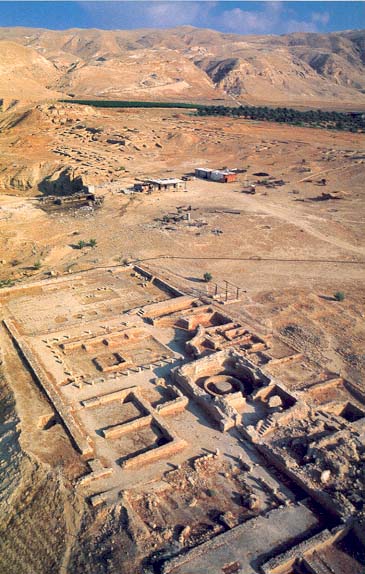
Everyone wants to know who lived at Qumran, the settlement adjacent to the caves where the Dead Sea Scrolls were found. And sometimes it seems that everyone has a different opinion. With hopes of helping to solve the riddle, I’d like to address the other side of this question: Who didn’t live there? Our best evidence is the architecture of the place and the finds excavated there.
Roland de Vaux, who excavated the Judean Desert site in the 1950s, concluded that Qumran had been home to an isolated religious community, whom he identified as Essenes.1 However, Belgian archaeologists Robert Donceel and Pauline Donceel-Voûte, who were asked to prepare some of the material from de Vaux’s excavation for final publication, have presented an entirely different interpretation of the site. Citing the “unexpected variety and richness of the objects” uncovered by de Vaux, the Donceels contend that the settlement at Qumran functioned as a villa rustica, that is, a Roman-type villa complete with the dwellings, workshops, stables and other buildings associated with a productive rural estate.2 As a villa rustica, Qumran would have provided some wealthy family with a warm refuge from Jerusalem’s bitter winter chill.
Already a library member? Log in here.
Institution user? Log in with your IP address.

